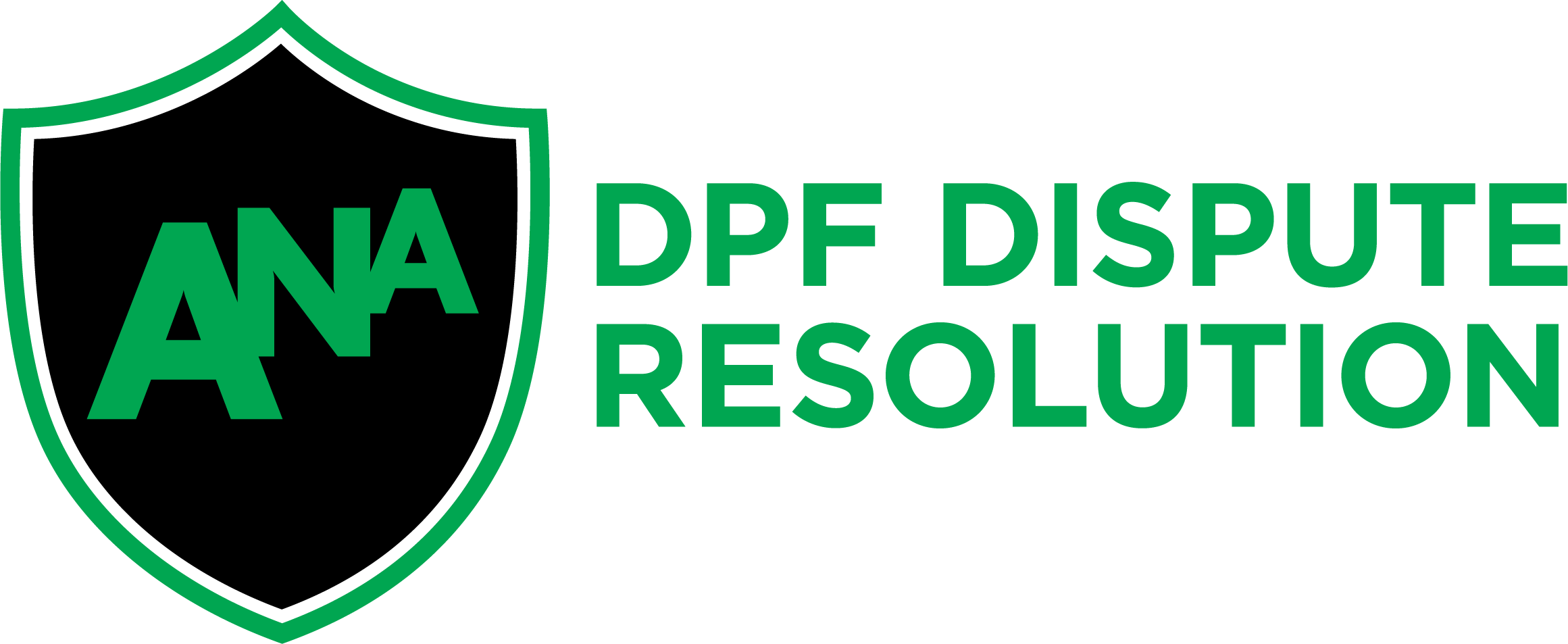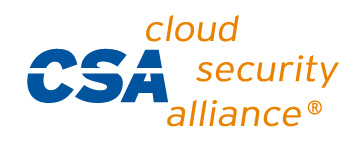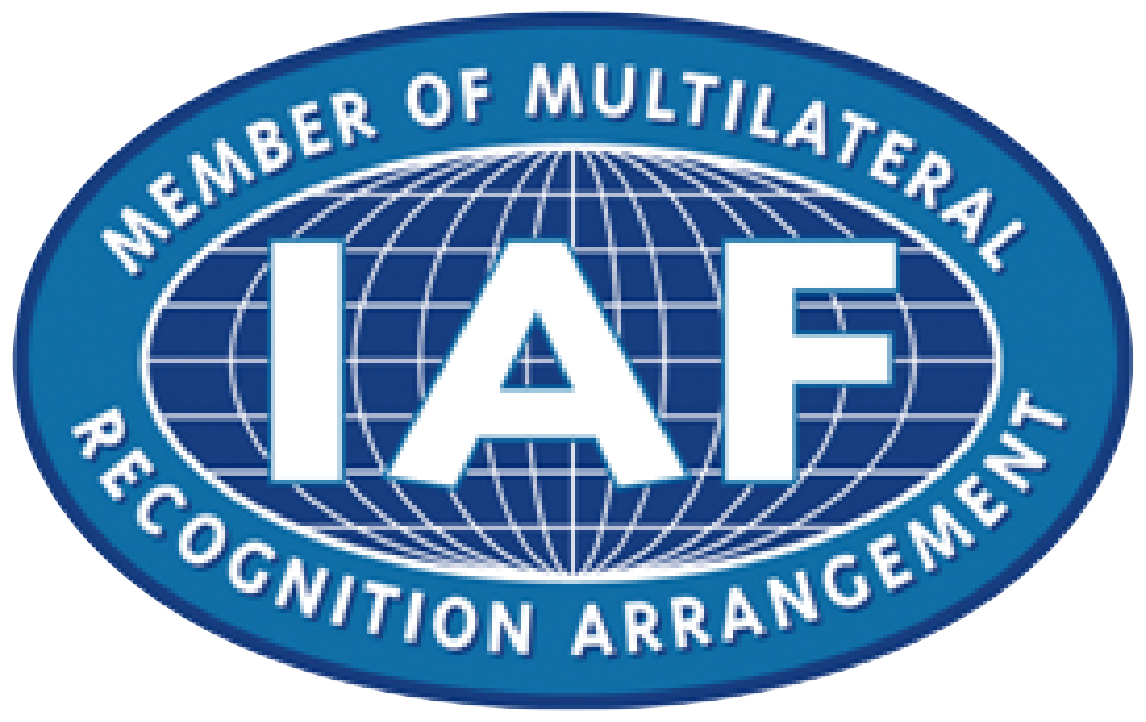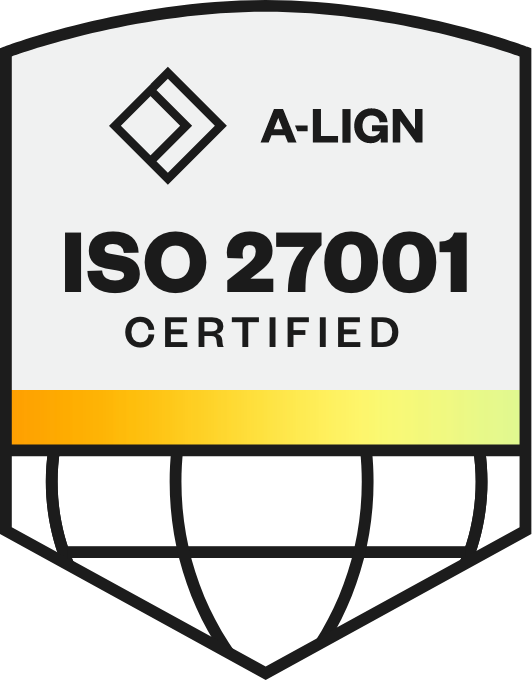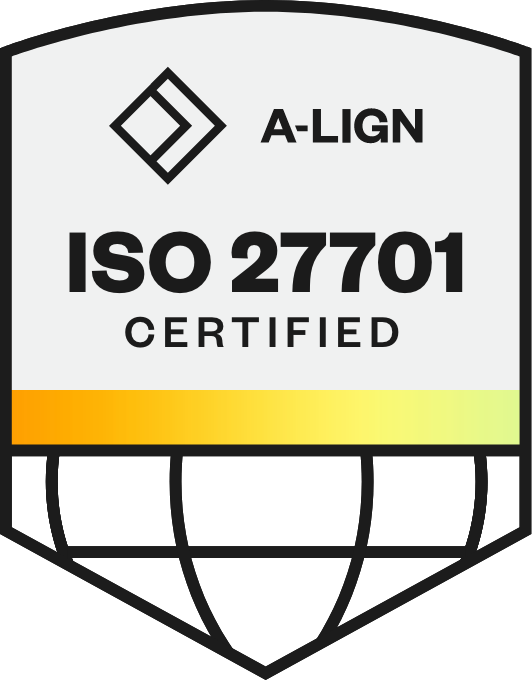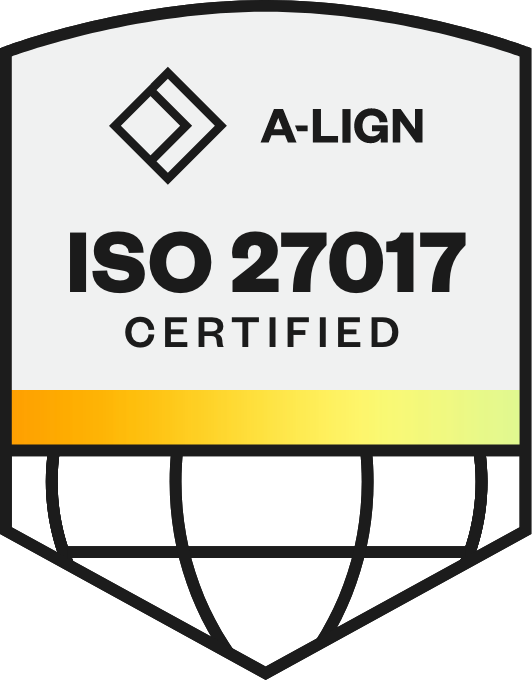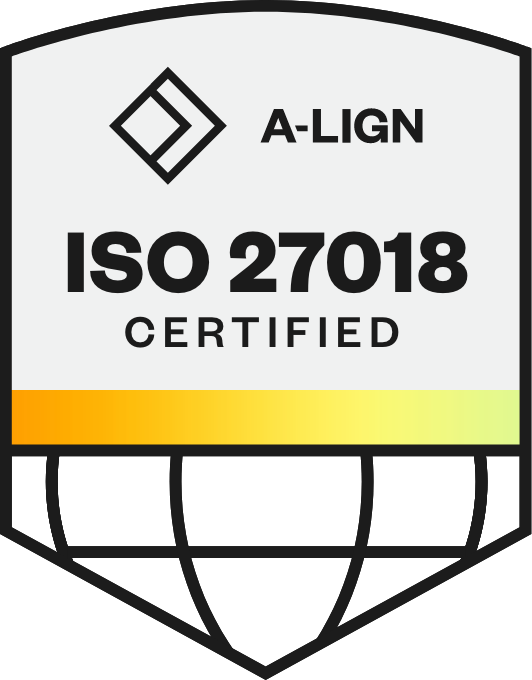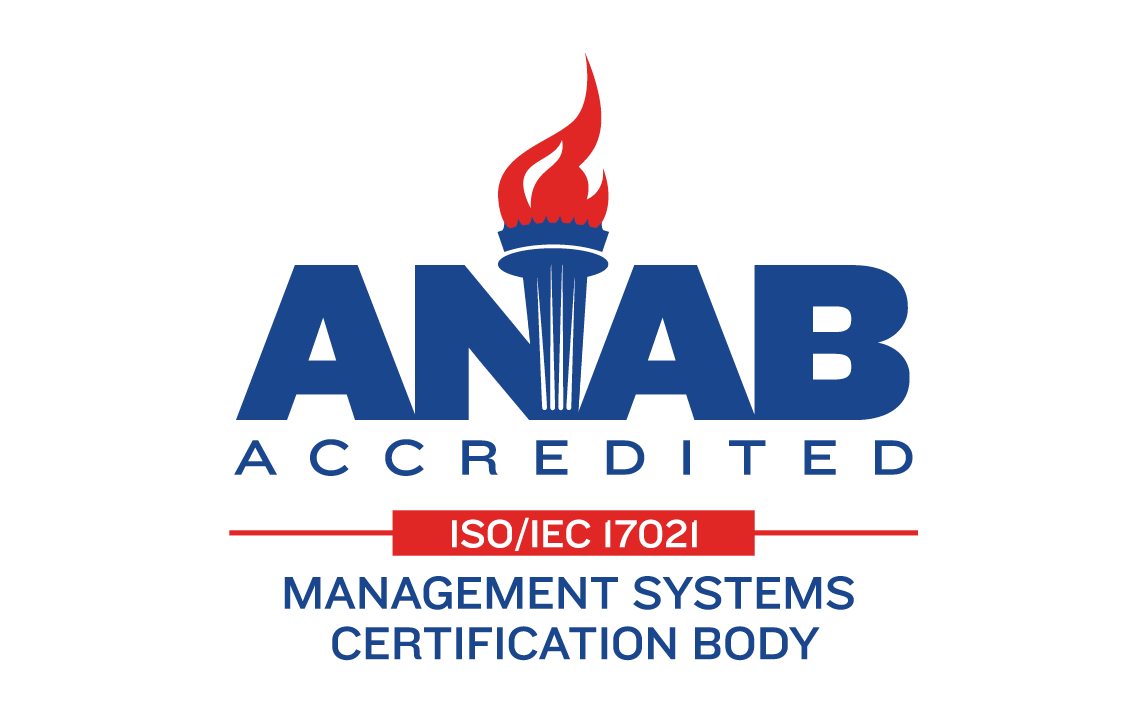
Driving Impact with Talent CRM Strategies for Seamless Change Management
When the Director of Talent Acquisition at a leading financial services company noticed TA patterns shifting across the financial sector, she recognized that they needed a comprehensive Talent CRM implementation strategy to remain competitive. Their journey offers a compelling Talent CRM strategy example for organizations facing similar challenges.
"Our recruiters were so busy doing admin that we did not even think about how long it took for someone to reach out to a candidate at any point of the application process, the recruitment journey, or even the decline process," she recalled.

As one of the largest pension plan providers, the recruitment team confronted challenges requiring more than small improvements. Their compact team of 20 talent professionals supports a global workforce of 3,000 employees throughout Canada, the US, Europe, and Asia Pacific. Its vast organizational reach called for a Talent CRM strategy framework as sophisticated as their investment strategies.
In this Article:
The Pre-CRM Reality: Why a New Strategy Was Essential
Before developing their Talent CRM implementation strategy, the talent team worked with disconnected tools, which created significant operational barriers. This fragmentation made strategic talent acquisition nearly impossible: "When you're so bogged down in the admin work, which is just interview scheduling, reaching out to candidates, screening candidates, looking at resumes, it's laughable to say, let's start a drip campaign. There's no way you have time for that. You can barely get to your basic requirements," their Director of TA explained.
Even obvious growth opportunities stayed out of reach. "We didn't even have a talent community, and not because we didn't want one, but because we knew if we had a talent community, we wouldn't have time to engage them," she noted.
"Every recruiter has their own toolkit as part of the process for recruiting. My main ones were LinkedIn Recruiting for sourcing, Outlook for scheduling interviews, and then ATS for a system of record,” revealed their Manager of TA Operations. “And so we wanted to have a bit of a Swiss army knife of all the different tools in one system,” he said.
Designing a Talent CRM Implementation Strategy for Maximum Adoption
The company partnered with Phenom in 2023 and launched its Phenom Talent CRM in August 2024. The implementation also included Phenom Design Studio (the CMS), Phenom Hosted Apply, Talent Companion, Hiring Manager suite, and notably, Bi-directional Hiring Status integration with their ATS.
Their original CRM implementation timeline, however, proved too ambitious. "We were so confident that we were going to be the best implementation that our partners have seen. I said it in the first meeting… we're not gonna miss the go-live date of May. But I'm actually very happy we didn't go live in May," she revealed after getting to collaborate with peers at Phenom’s annual IAMPHENOM conference.
The helpful reality check prompted a revised Talent CRM strategy framework centered heavily on change management — a decision that ultimately drove their exceptional adoption rates. "You can tell the team, this is gonna suck,” she said. “No one loves change, but you're either on board or you're off board — and if you're off board, eventually you're going to be left behind. I was really blunt with our team saying, "We're investing in this product, get on board, and have the right attitude."
This transparent communication yielded strong team engagement. "We did a massive kickoff to start training, and we actually got them in our testing environment before we went live. So we were finding and addressing bugs beforehand, which was really great."
Core Components of the Talent CRM Strategy Framework
The team implemented a multi-faceted Talent CRM strategy designed to address specific challenges while delivering immediate efficiency gains.

Their approach provides valuable CRM strategy examples for organizations facing similar challenges:
1. Bi-directional Integration: The Foundation of Their Talent CRM Strategy
The bi-directional hiring status integration between Phenom and the ATS formed the cornerstone of the financial institution's recruitment transformation. Instead of requiring recruiters to toggle between systems or duplicate data entry, this integration created a single source of truth that updated automatically in both directions, allowing recruiters to stay focused on working in Phenom.
"Bi-directional is the way to go. I really couldn't imagine doing one way," she stated firmly.
This integration delivered multiple practical benefits: it eliminated information gaps between systems, prevented conflicting candidate data, provided system redundancy if either platform experienced issues, and most importantly, allowed recruiters to work primarily in the Talent CRM where advanced features were available.
The team's research with other customers validated this approach. One-way hiring status integration typically limited adoption and created separate information silos. At the same time, their bi-directional implementation achieved an impressive 94% recruiter adoption rate by addressing both technical requirements and user preferences.
Related: How Sleep Number Unifies Workday and Phenom
2. Fit Score for AI-Powered Candidate Evaluation: Transforming Screening Efficiency
The organization’s implementation of AI-powered candidate evaluation revolutionized how they identified qualified candidates, especially for high-volume roles. Phenom Fit Score objectively evaluates candidates against job requirements, skills, and experience, similar to how recruiters assess resumes, but at a significantly greater scale and speed.
"We actually think of Fit Score like a rubric,” explained their Manager of TA Operations. “So when a teacher uses a rubric to grade students' papers, it's sort of the same thing. Recruiters do that in their mind at all times when they're reviewing resumes anyways, but this way, the Fit Score does it automatically, objectively [for] 1,000 candidates in a matter of minutes."
This technology delivered impressive results for the organization’s recruitment team, processing 248,055 candidate evaluations in just three months. For roles receiving hundreds of applications, this meant identifying qualified candidates in minutes rather than days. The system's ability to match candidates objectively also enhanced diversity hiring efforts, as demonstrated when they successfully identified and hired a female engineer for a traditionally male-dominated technical role.

Despite its value, implementing this feature required perseverance through 18 compliance and privacy meetings. The team ultimately overcame these hurdles by demonstrating how the system could actually reduce bias compared to traditional manual screening methods.
Related: 3 Ways to Screen Candidates Faster Using HR Tech
3. Automated Interview Scheduling: Eliminating Administrative Bottlenecks
Phenom Automated Interview Scheduling functionality eliminated one of recruitment's most time-consuming administrative tasks, delivering immediate productivity improvements and enhanced candidate experience.
Before implementation, the company’s campus recruiters needed three full days — designated as "blackout dates" with no other meetings permitted — just to coordinate interview schedules. The process involved countless back-and-forth emails, manual calendar management, and tedious coordination. "We used to bake out in our timelines for campus recruitment three days just to get interview schedules in the calendar, not to interview, just to literally schedule the interviews," their Director of TA explained.
The new system transformed this process entirely. Now, one person can schedule hundreds of interviews in just a few hours, saving approximately 395 hours since implementation. The platform automatically identifies available times, sends options to candidates, and updates calendars — all without recruiter intervention after initial setup.
This efficiency directly contributed to organizations' unprecedented success in campus recruitment, where they filled 100% of summer roles in their first recruitment round. By drastically reducing time to schedule, they engaged candidates more quickly than competitors, helping secure top talent before other offers arrived.
Related: Southwest’s Ultimate Time Saving Hack: Automated Interview Scheduling
4. Strategic Automated Campaigns: Building Proactive Talent Communities
With administrative burdens reduced through other automation, the financial leader finally implemented the Phenom Campaigns they'd long wanted but never had the capacity to execute. Their approach focused on creating segment-specific engagement strategies rather than generic mass communications.
For campus recruitment, they built dynamic candidate lists combining three previously separate groups: student alumni from co-ops and internships, past applicants, and talent community members. This unified approach allowed targeted messaging about relevant opportunities based on candidates' backgrounds and interests.

The practical application included drip campaigns informing specific candidate segments about upcoming campus hiring seasons, maintaining engagement between recruiting cycles, and building relationships with potential candidates before positions opened. This proactive approach contrasted sharply with their previous reactive recruitment, where time constraints limited them to engaging only with active applicants.
By automating these personalized communications, the organization transformed their talent acquisition from transactional to relationship-based — a strategic advantage in competitive hiring markets. The campaigns also provided valuable data on candidate engagement, helping refine future messaging and identify the most responsive talent pools.
Measuring Success: Talent CRM Strategy Impact by the Numbers
Six months after implementing their Talent CRM implementation strategy, they witnessed:
94% adoption rate among recruiters globally
27-day reduction in time to hire
84 hours saved through automations (in just 30 days)
395 hours saved through automated interview scheduling
248,055 fit scores generated in three months
100% fulfillment of summer roles in first-round campus recruitment

"The one we're most proud of is that first one, that 94% adoption from recruiters," their Director of TA shared. After all, technology can’t deliver if it’s not used.
This Talent CRM implementation strategy also delivered qualitative improvements, particularly in diversity hiring. Their Manager of TA Operations provided a compelling Talent CRM strategy example, "For Fit Score, we were able to use that and leverage the filters like company and boolean to create a very unbiased way to find the most diverse top talent,” he said
The campus recruitment transformation demonstrates the significant business impact of their approach. "We have filled 100% of our roles for the summer in our first round of recruitment, and I truly think it's because of how quickly we're getting to candidates," their Director of TA noted with pride.
The significance of this achievement became clear when she explained the typical campus recruitment cycle, "For those who know campus recruitment, when you go through the first cycle in a term, your acceptance rate is usually not as great. You have to keep going back and forth," she said. Completing all hiring in one round is virtually unheard of.
Expanding Their Talent CRM Strategy Framework
With core functionality established, the financial leader is now expanding its Talent CRM usage in three strategic areas:
Deepening team expertise is their first priority. The TA ops manager emphasized strengthening core skills using Talent CRM metrics, surveys, and team feedback to create targeted training programs. This data-driven approach helps identify knowledge gaps and address specific needs, ensuring everyone masters essential platform capabilities.
Expanding platform access to hiring managers comes next in their strategic sequence. The team deliberately built recruiter expertise first, creating internal champions who can now support hiring managers during onboarding. This thoughtful rollout ensures hiring managers benefit from well-trained recruiters who can guide them through the system's features and troubleshoot issues effectively.
Diversifying nurture campaigns to build on their successful student recruitment model. They're now expanding campaign capabilities to additional candidate segments, creating specialized engagement paths for different talent pools. This extension allows them to maintain active relationships with various candidate groups, delivering relevant content that resonates with specific career interests and aspirations.
This phased expansion reflects a sophisticated understanding of CRM implementation strategy best practices — starting with elements that deliver immediate value before expanding to more complex use cases.
Related: The Top Talent CRM Features You Need Now
A Blueprint for Talent CRM Implementation Strategy Success
Their journey offers valuable examples for talent teams looking to implement their own Talent CRM:
Be transparent about change. Direct communication sets clear expectations and builds trust. By acknowledging challenges openly, you can prepare your team for transition and establish credibility.
Test early with users. Placing recruiters in the testing environment before launch uncovers issues while still manageable. This prevents disruptions during critical early adoption phases.
Layer training gradually. Start with core features before expanding. Use a "Phenom 101" and "Phenom 102" approach to build confidence through incremental mastery.
Prioritize bi-directional integration. This comprehensive connection eliminates data silos and maintains consistent information across platforms.
Leverage peer learning. Building relationships with other customers provides practical insights. Collaborative sessions help solve challenges more quickly through shared experience.
Transforming Talent Acquisition Through a Strategic Talent CRM Implementation Framework
This organization's experience demonstrates how a thoughtfully designed CRM strategy framework can transform talent acquisition from an administrative function into a strategic business advantage.
"You have to dedicate the right resources, too,” their Director of TA shared. If you're not, it's not going to be successful. It's not something where you turn the lights on and it automatically starts working. You have to invest the time as well."
By following a similar Talent CRM implementation strategy blueprint, talent acquisition teams can achieve similar transformations. This approach begins with embracing change openly, then focuses on essential functionality before expanding capabilities. With strong adoption rates as a foundation, teams can successfully move from manual processes to strategic excellence while creating better experiences for both recruiters and candidates.
Download our Talent CRM Migration Kit to build your strategic implementation plan, apply proven change management techniques, and develop an integration approach that delivers both quick wins and sustained long-term success.
Apurba is a writer who specializes in creating engaging content, backed by storytelling, data, SEO and a cup of coffee. When she’s not writing, she’s reading, cooking fusion food, or curiously traveling like a local.
Get the latest talent experience insights delivered to your inbox.
Sign up to the Phenom email list for weekly updates!



